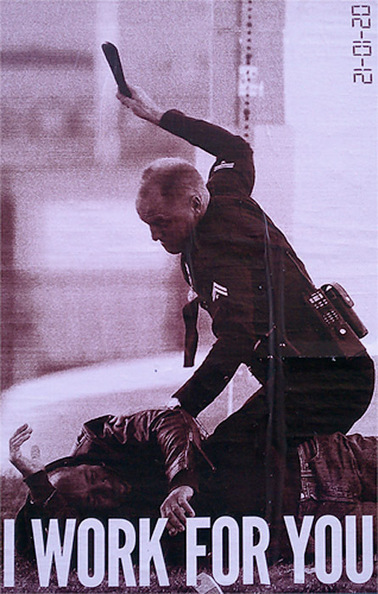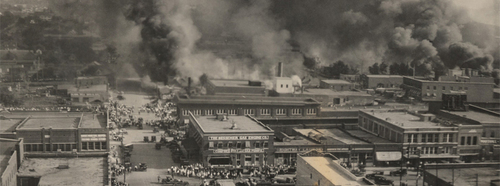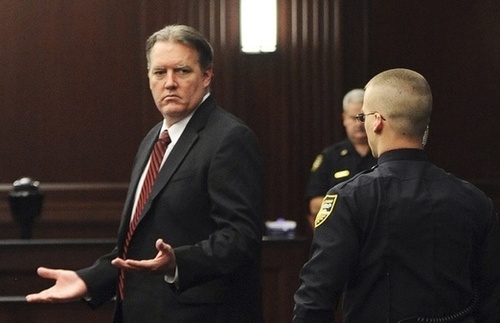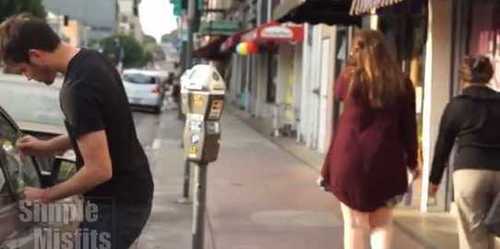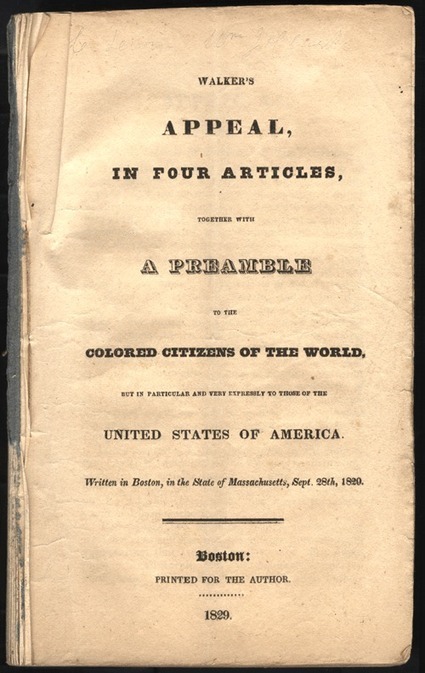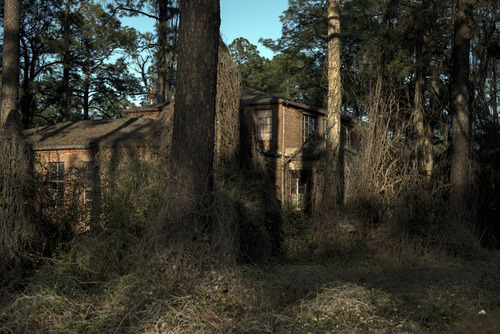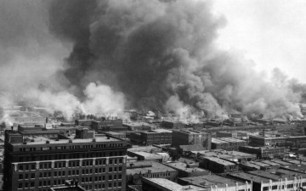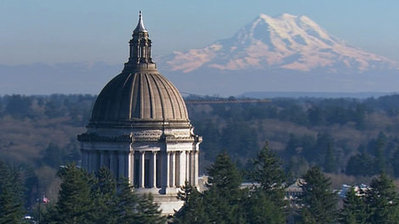Some people have a skill for finding ways to justify their insanity.
Here are six things that people like Michael Dunn do to get themselves into trouble and to justify their racist behavior.
- Demean other people’s culture
Michael Dunn’s first response to hearing hip-hop music at the gas station was to say “I hate that rap crap.” - Use their privilege to hassle those with different cultures or lifestyles
Michael Dunn could have parked away from the music. Instead he parked next to the music and used his able bodied, white privilege to confront the teens, asking them to turn down the volume. - Blame the victim
Michael Dunn, after shooting three bullets into Jordan Davis and 6 more bullets into the Durango then tells his fiance that he was the victim. - Don’t learn about the failings and oppressiveness of White culture. Always feel superior.
If Michael Dunn had ever taken an African American history class, he might know that White people have been pushing Black people around since the first enslaved Africans were human trafficked to the Americas in 1526. - See phantom weapons. Cell phones and wallets as guns.
If Michael Dunn would have studied implicit bias, or systemic racism – he may have known that he should second guess his own fears and biases and not jump to conclusions. - Acting as if in a war zone
If Michael Dunn was level headed, he would only show his gun to scare away what he perceived as a threat. Apparently he thought he was in a war zone. He shot first and asked questions later.
photo credit: Adam Foster | Codefor via photopin cc



